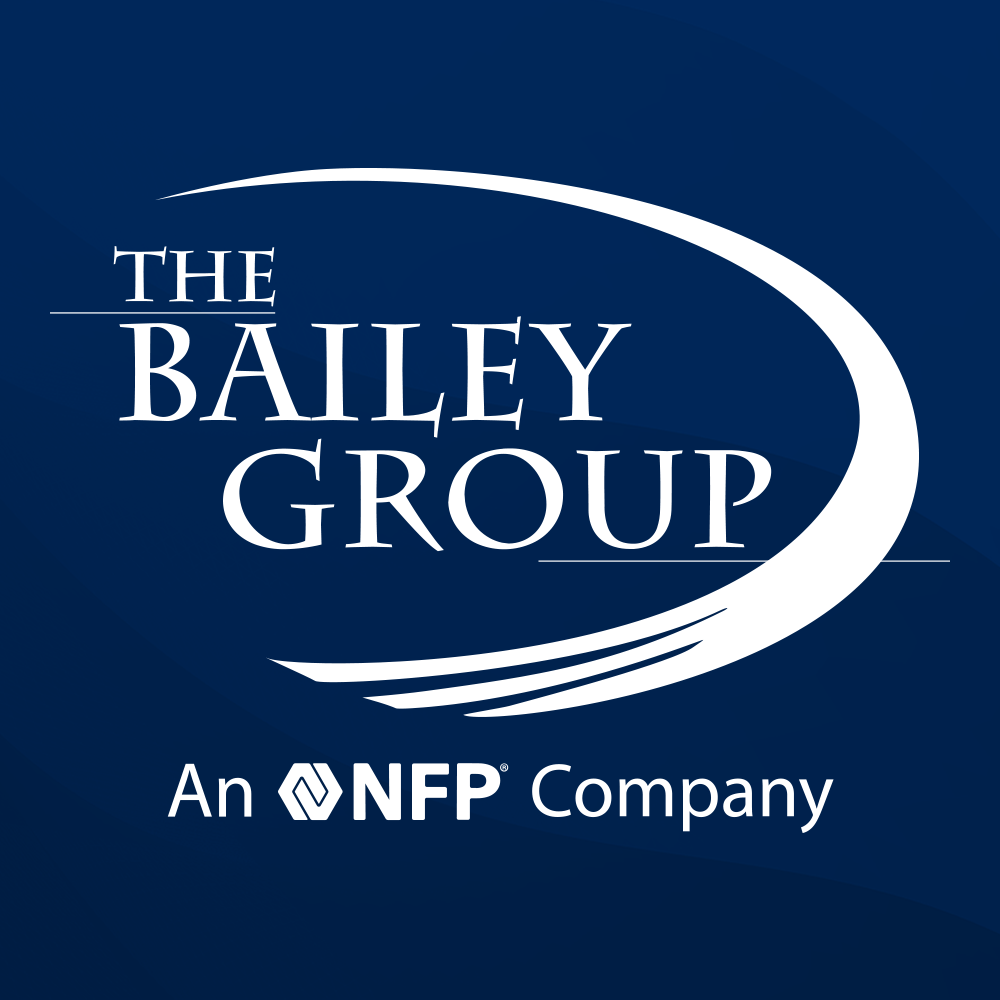Your Employees Want To Change Their Benefits After Open Enrollment? Here’s Why They Can’t
By The Bailey Group Marketing
Updated June 11, 2018
Originally published January 24, 2014

HR and Benefits Managers get asked a lot of questions and I don’t think it’d be too risky to say that most of those questions relate to an employer’s open enrollment period. In fact, you’ve probably addressed at least one of these questions from one of your employees today:
- “I didn’t know it was open enrollment! Can I still change my benefits?”
- “My DMO (Dental Maintenance Organization) provider was in-network when I enrolled and now he’s not … I want to switch plans.”
- “My wife wanted a divorce and now she doesn’t. Can I add her back to the plan?”
- “I thought I could afford it, but I can’t now that I see what is coming out of my paycheck.”
Question
What do I tell employees that make all kinds of requests to change their benefits after our Open Enrollment period?
The Answer
Legally, employers are not required to do anything for employees who have missed the Open Enrollment deadline. In fact, the terms of your benefits plans may prohibit you from making exceptions for employees who do not make benefits elections within a certain time period, such as before the new plan year begins.
The only exception to these terms is if an employee qualifies for a special enrollment period (SEP). Employees who experience qualifying life-changing events (such as getting married, divorced or legally separated, having or adopting a child, or moving to a new residence or work location that affects benefits eligibility) are eligible to enroll in or make changes to their benefits elections outside of the open enrollment period. It is in your best interest to create simple and comprehensive policies and procedures so that you are prepared in the event of a SEP.
Employers that are applicable large employers (ALEs) under the Affordable Care Act (ACA) may have additional concerns. These employers must offer affordable, minimum-essential coverage to their full-time employees or potentially face the employer shared responsibility penalty. You will not be subject to this penalty if you have offered appropriate coverage to employees, regardless of whether they enrolled in coverage.
In order to ensure that your businesses will not face any penalties, many ALEs should document that coverage has been offered. By requiring employees to sign either an acknowledgement of benefits form for those who opt in to coverage, or a waiver of coverage form for those who opt out or miss the deadline to enroll in employer-based benefits packages, you will create a uniform policy.




